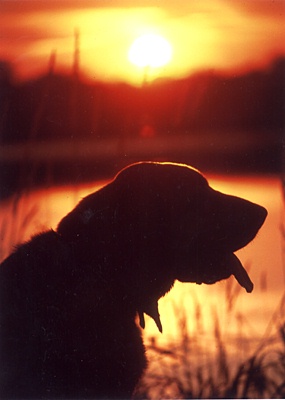All Nonfiction
- Bullying
- Books
- Academic
- Author Interviews
- Celebrity interviews
- College Articles
- College Essays
- Educator of the Year
- Heroes
- Interviews
- Memoir
- Personal Experience
- Sports
- Travel & Culture
All Opinions
- Bullying
- Current Events / Politics
- Discrimination
- Drugs / Alcohol / Smoking
- Entertainment / Celebrities
- Environment
- Love / Relationships
- Movies / Music / TV
- Pop Culture / Trends
- School / College
- Social Issues / Civics
- Spirituality / Religion
- Sports / Hobbies
All Hot Topics
- Bullying
- Community Service
- Environment
- Health
- Letters to the Editor
- Pride & Prejudice
- What Matters
- Back
Summer Guide
- Program Links
- Program Reviews
- Back
College Guide
- College Links
- College Reviews
- College Essays
- College Articles
- Back
Fox Fire: The Northern Lights MAG
The Northern Lights are anything but predictable. As much as humansmay observe them and chart their progress, predictions of their future locationare often inaccurate. Or, when predictions are correct, the sun may be at itszenith just as the Aurora Borealis is blazing across the Arctic sky. But man hasseen the Aurora Borealis frequently enough to add its story to the standard stockof folklore.
In Finnish, the Northern Lights are called revontulet, or"fox fires," which refers to an ancient fable of a fox who startedfires and used its tail to spray up snow. Contrary to this myth, the sun is thetrue source of the celestial fox fires.
Highly charged particles fromthe sun travel into space at speeds of 320 to 704 kilometers per second. Theparticles hurtle toward Earth in a stream of plasma that constitute what is knownas the solar wind. This wind touches the edge of Earth's atmosphere, movingthrough it, pulled by magnetic forces, into the ionosphere, the portion of theatmosphere 60 to 100 kilometers above the surface of the earth. Within theionosphere, plasma particles strike gases and begin to glow. Each gas in theionosphere combines with pieces of plasma to produce a different color - red,violet, blue, or green - of the brilliant Northern Lights.
In any oneyear, observers may witness fewer than 20 or more than 200 auroral displays. Somemay be obscured by the light of the sun itself, while others may be so dazzlinglybright that they make the entire northern hemisphere appear to be on fire. Tocasual observers, the Aurora Borealis is not merely the byproduct of solar windspewed from the sun, but also the most spectacular fox fire that they have everseen.

Similar Articles
JOIN THE DISCUSSION
This article has 1 comment.

0 articles 0 photos 12292 comments